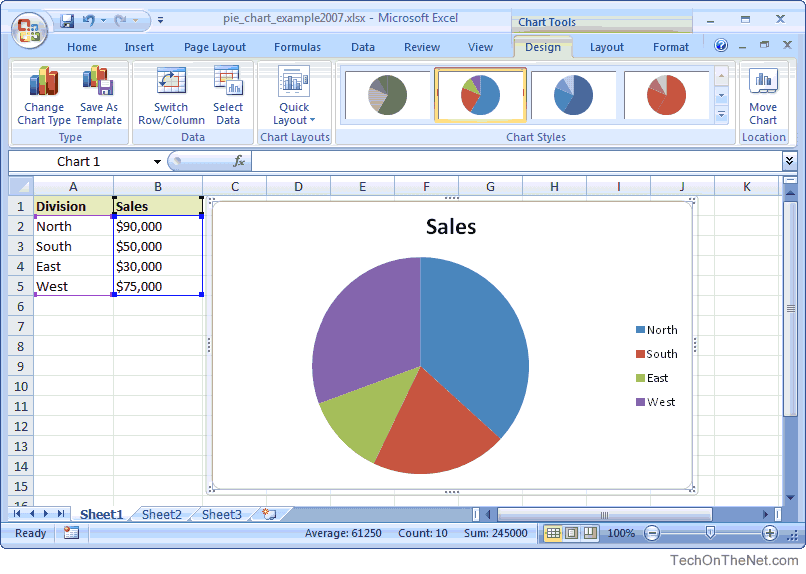



This process of binary loading can also be said as replication of the data model of one document to another. Such binary QVW data files are loaded from the RAM to disk (in 0s and 1 s) and is then ready for loading into another QlikView file/document. QlikView Binary load is the file loading of pre-existing QVW files from QlikView document to another. Let’s read Difference Between Power BI and QlikView Binary Load in QlikView In the new table box created we can see the updated data. Updated Table – Now after saving the incremental load script, we will create a table box again. LOAD Product_Id,Product_Line, Product_category,įROM (qvd) Concatenate the new values with existing qvd. (txt, codepage is 1252, embedded labels, delimiter is ',', msq) LOAD Product_Id,Product_Line, Product_category,Product_Subcategoryįrom Store the Maximum value of product Id in a variable.

Select the maximum value of Product ID. The code for incrementing load is given below. Incremental Load Script – We will now have to make add a few codes and commands in the load script in order to get the updated data file. Updating the data source – Now we have made a few more data entries in our source CSV file. In the end of this command script, we will drop the REGIONS table as we only want the TOTAL table for analysis. Here we will give the commands desiring the output of Total Sales as per Country. The name of the table we have created is REGIONS which has information about sales in different countries in the specific years. Once you do it, you can see the text on the script editor. Loading the script – Open the script editor by CTRL+E and load a data file (you can load an excel file or can create a new inline-table). Let us learn now how to implement resident load in QlikView: The only condition is that both the old and the new table should load in the same script. With the help of QlikView resident load feature, you can add a table from in-memory in the pre-existing file script. In QlikView, you can load data from files already existing in the RAM or you have entered through Inline data loading. QlikView Data Load – 6 Ways to Implement Data Loading in QlikView Resident Load in QlikView


 0 kommentar(er)
0 kommentar(er)
